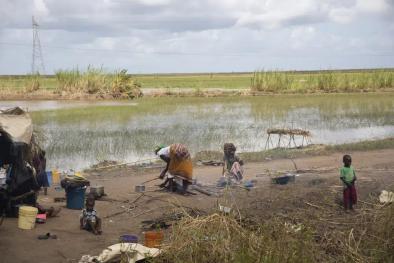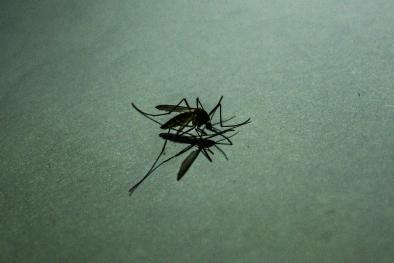Science Source
Temperature dependent transmission potential model for chikungunya in India
- States that:
- During 2016, the National Capital Territory of Delhi experienced an epidemic caused by chikungunya virus with >12,000 cases
- Similarly, other parts of India also reported a large number of chikungunya cases, highest incidence rate was observed during 2016 in comparison with last 10 years of epidemiological data
- Uses a model to understand the transmission risk of chikungunya virus which is transmitted by Aedes vectors
- Gridded temperature data from 1948 to 2016 shows that the mean temperatures are gradually increasing in South India from 1982 to 2016 when compared with data of 1948–1981 time scale
- During 1982–2016 period many states have reported gradual increase in risk of chikungunya transmission when compared with the 1948–1981 period
- Shows that transmission of chikungunya occurs between 20 and 34 °C but the peak transmission occurs at 29 °C
Related Content
Headline

Apr 4, 2023 | AP
Waterborne Diseases Flourish In Freddy Aftermath
Headline

Feb 16, 2023 | Climate Nexus Hot News
Malarial Mosquitos' Territory Expands As Climate Warms
Science Source
| Nature Climate Change
Over Half of Known Human Pathogenic Diseases Can Be Aggravated by Climate Change
Mora, C., McKenzie et al
Headline

Jun 30, 2022 | AP
Climate change means more mice, demand for pest control


